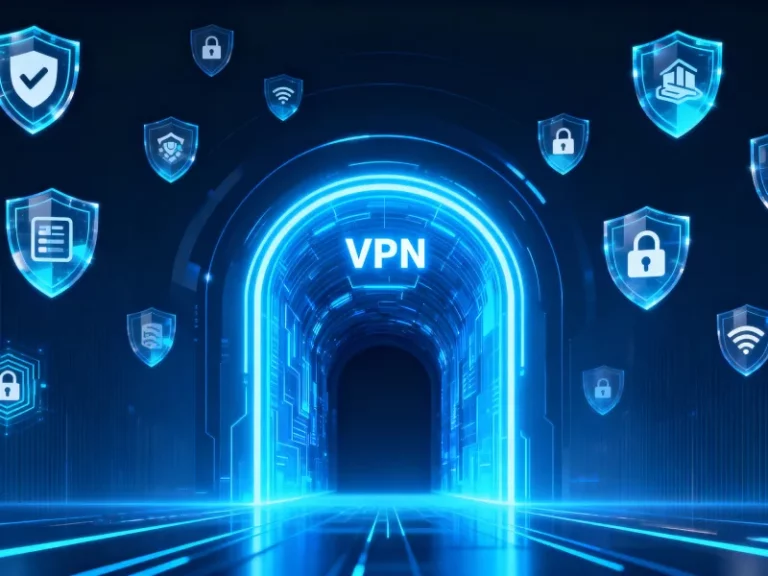The way organizations connect has undergone a fundamental change. With global workforces, cloud-based operations, and relentless cyber threats, the need for secure and seamless access has never been more critical.
In our earlier discussion on Next-Gen VPN: The Evolution of Secure Access in a Cloud-First World, we explored how VPN technology had advanced to meet modern demands. The reality is that VPNs alone can no longer handle the complexity of hybrid work, multi-cloud adoption, and sophisticated cyberattacks. The future of remote access lies in the convergence of VPN and Zero Trust, a paradigm that redefines security from the ground up.
The Remote Access Evolution
To understand where remote access is heading, we must look at how it has evolved. Early VPNs were built for a simpler time, a world where networks had clear perimeters, and most resources lived on-premises. Then came the cloud, remote work, and a flood of SaaS applications, scattering critical assets beyond corporate firewalls.
As businesses adapted, security followed suit: from VPNs to Cloud Access Security Brokers (CASBs) and now Zero Trust Network Access (ZTNA). Each stage refined how users connect and how trust is granted. Modern enterprises can no longer afford to assume trust once a user connects. Instead, they must verify continuously, monitor context, and limit access dynamically. This shift marks the true convergence of VPN and Zero Trust, not as replacements, but as complementary forces shaping the next era of secure connectivity.
Why Traditional VPNs Are Falling Behind
The limitations of traditional VPNs are not merely technical; they are strategic. Most legacy systems rely on perimeter-based trust models that assume users are safe once “inside” the network. This outdated assumption creates dangerous blind spots that modern attackers exploit.
In the age of ransomware, insider threats, and AI-driven intrusions, a single compromised credential can expose an entire environment. Centralized traffic routing also introduces latency, slows cloud application performance, and hampers scalability.
Moreover, the static nature of traditional VPNs cannot adapt to today’s dynamic IT ecosystems, where employees, contractors, and third parties connect from countless devices and locations.
VPN + Zero Trust = Adaptive Access
When VPN meets Zero Trust, the result is adaptive access, an intelligent framework that continuously verifies every request before granting entry. Instead of connecting users to an entire network, this approach connects them to specific applications through identity-based segmentation and continuous trust validation.
Every access attempt is evaluated based on context, user identity, device compliance, behavior, location, and even time of access. If any factor changes or appears suspicious, access is revalidated or revoked in real time.
This continuous verification model ensures that no session is implicitly trusted, reducing the attack surface and preventing lateral movement even if a breach occurs. For enterprises, this fusion means speed without compromise, security without friction, and scalability without limits.
The Business Benefits of the Fusion
The convergence of VPN and Zero Trust delivers measurable outcomes beyond security:
- Reduced breach of risk through granular access control.
- Improved compliance with frameworks like ISO 27001, NIST, and GDPR.
- Optimized user experience via intelligent routing and cloud-native architecture.
- Lower operational costs by eliminating redundant perimeter systems.
It’s a model built not just for today’s needs but for tomorrow’s challenges, agile, secure, and resilient by design.
Final Thought
As enterprises modernize and accelerate their digital transformation, remote access must evolve in tandem. The future lies not in replacing VPNs, but in transforming them through Zero Trust.
And as the trusted distributor, Terrabyte empowers enterprises to embrace this future confidently, bridging the gap between traditional access and Zero Trust security. Connect with Terrabyte today to redefine the way your organization secures remote access in a borderless world.




